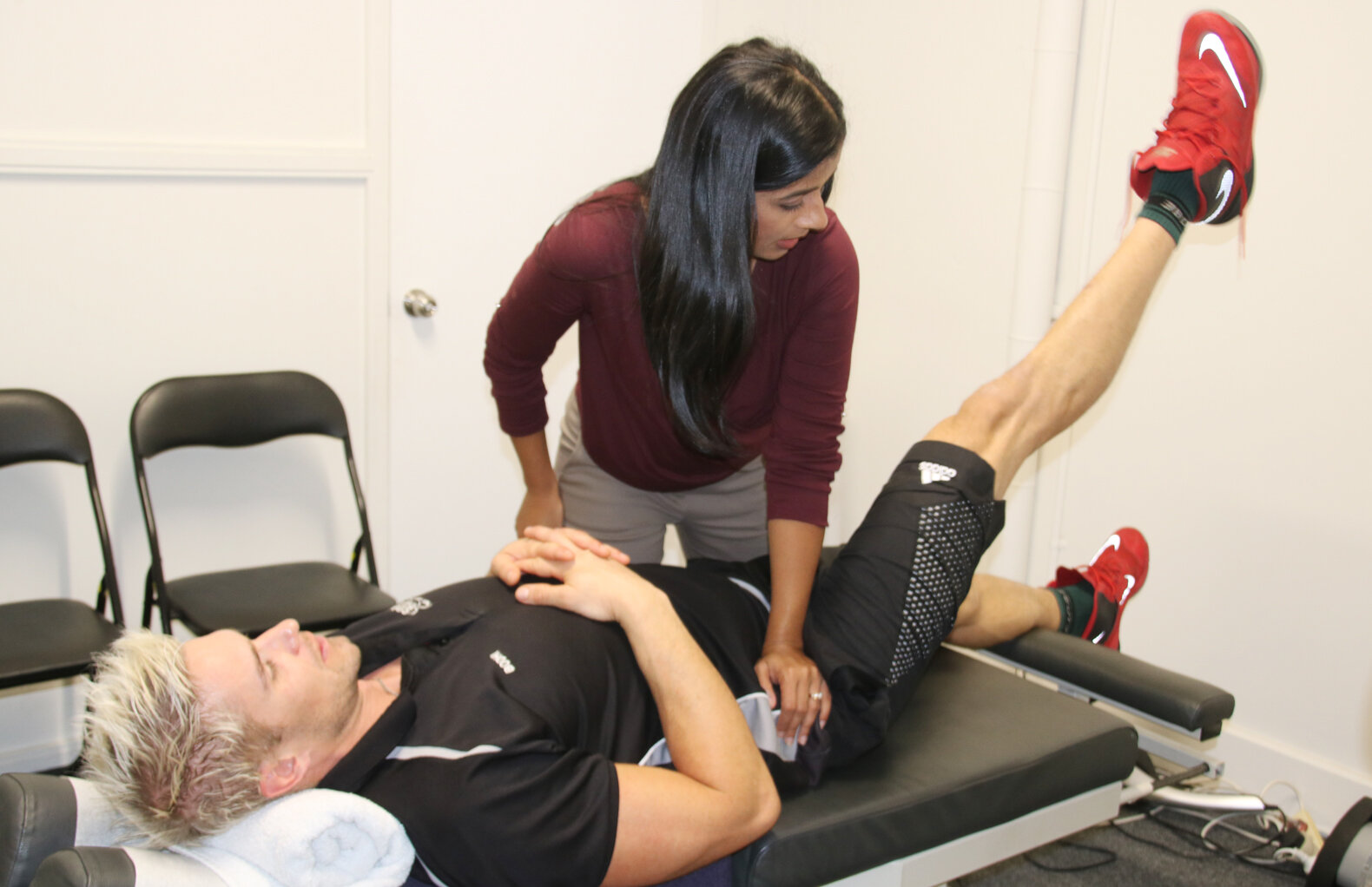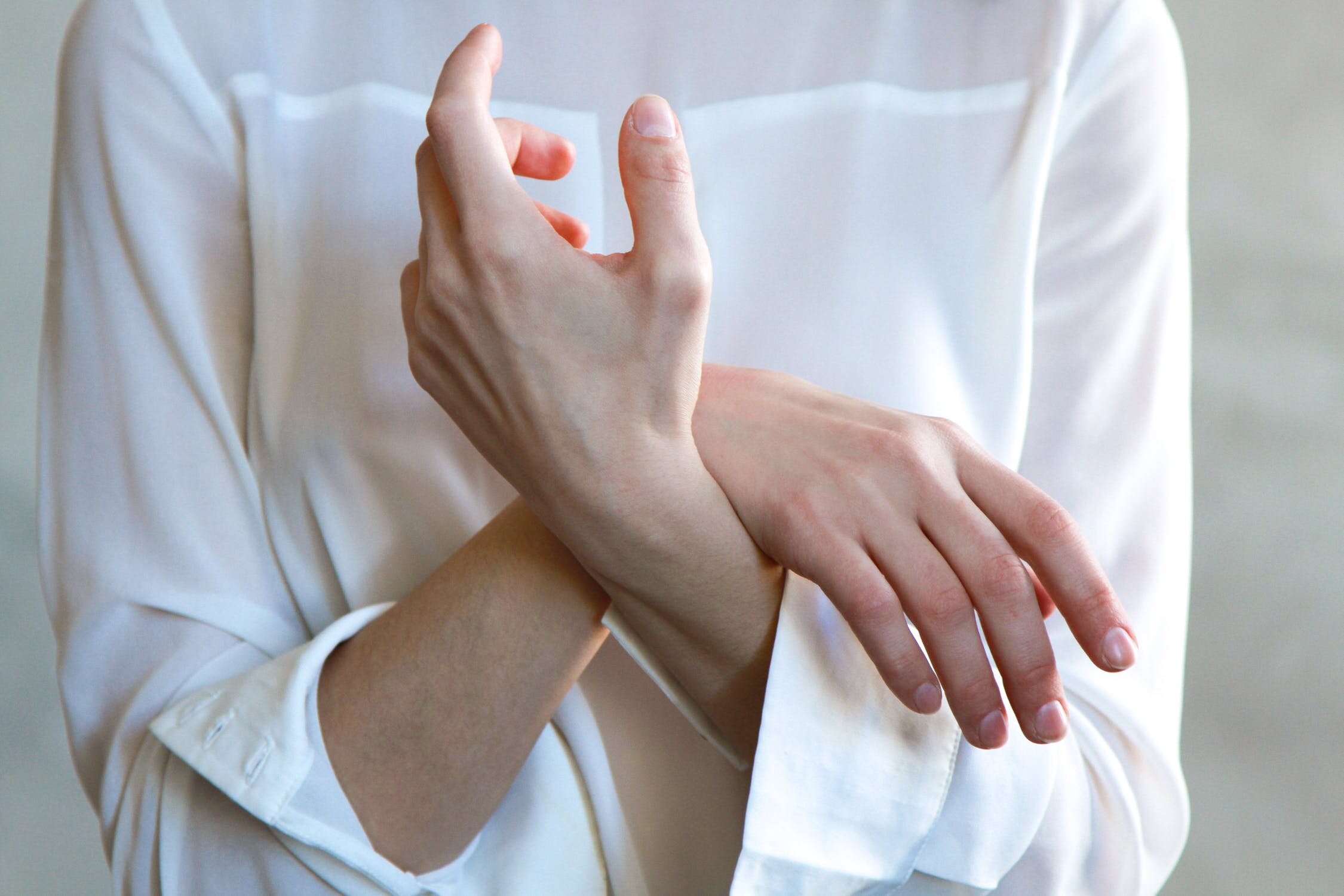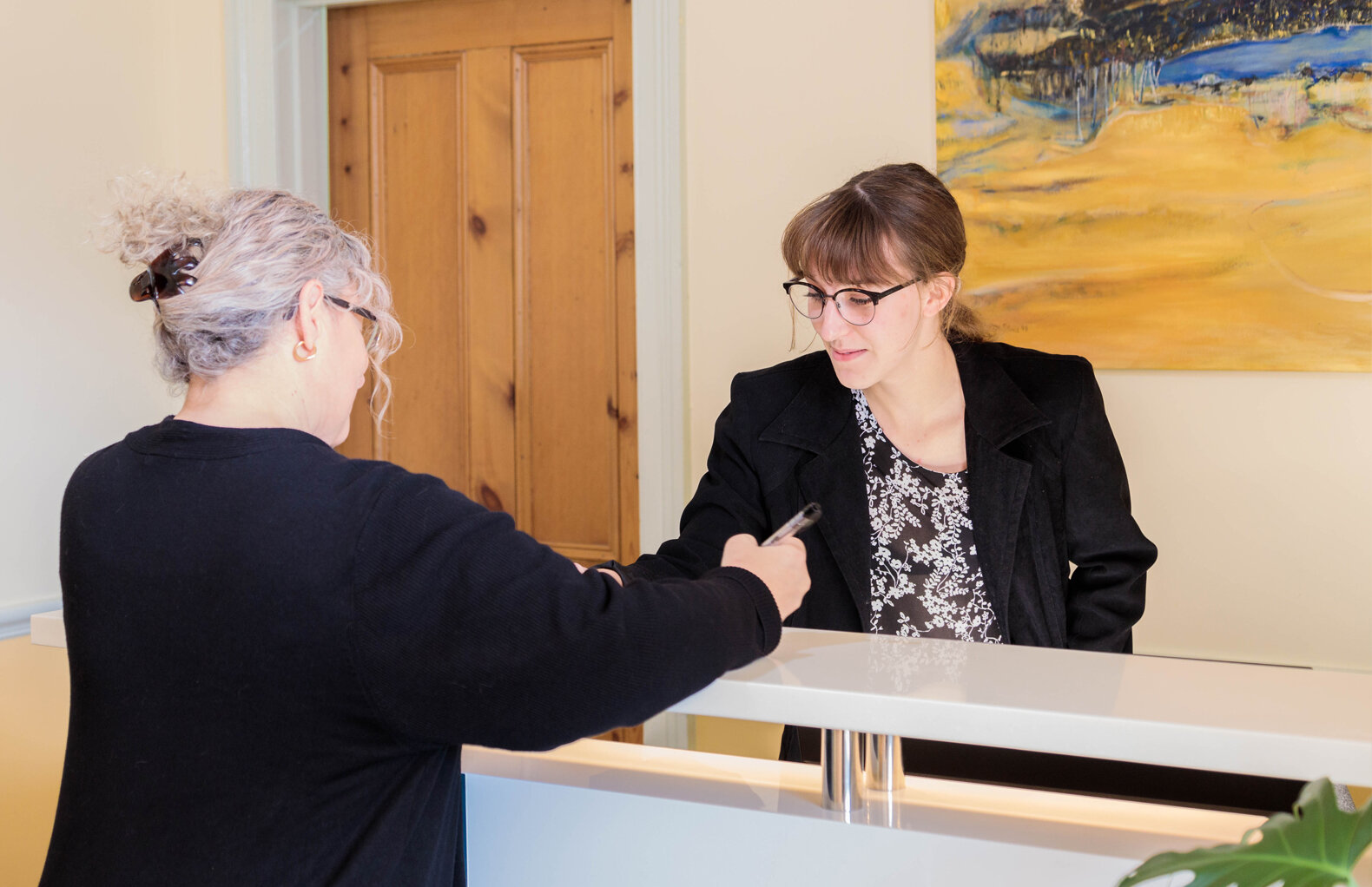Pain in the low back that goes into your buttock, hip or upper thigh is a common symptom for many chronic low back pain sufferers. It may come on suddenly after bending over to pick up an object or gradually e.g waking up feeling stiff after gardening the day before. There could be a number of causes such as
· lumbar facet inflammation
· sacroiliac joint dysfunction
· bursitis
· piriformis syndrome
· muscle strain
Lumbar facet syndrome
The most common reason for experiencing low back and buttock pain is due to an inflammation of the Lumbar facet joint. The lumbar spine has 2 types of joints; the disc and the facet. The facets are smaller than the disc and allows for movement of the vertebrae in certain directions only. These facets are what gives the spine its range of motion without losing stability. Due to the size and nature of these joints, the facets are easily irritated by stress to the low back. The stress causes tears and inflammation to the capsule of the facet joint. The most common facet to show symptoms is the L5/S1 facets.
Symptoms
The pain is usually chronic in nature and can be dull and achy. There may be localised pain in the low back but can have referred pain into the buttock, hip or upper thigh. It is usually only one sided. The pain can come on and last a few days to a week then subside till it is re-aggravated again. A skilled chiropractor should be able to identify the cause of the problem of which there are many, and help get the pain under control.
Causes of facet irritation
Common causes of facet joint inflammation are
· poor posture
· obesity
· facet joint alignment and movement
· joint degeneration
Treatment
Proper treatment is reliant on first getting the right diagnosis. This will determine what type of treatment is required. A qualified health professional is a good place to start. This can include your chiropractor, physiotherapist or GP who can perform test and assess your body to find the cause of the problem.
Conservative treatment for facet syndrome includes spinal adjustments along with soft tissue therapy and physical therapy. A chiropractor uses a variety of techniques to help you get movement and function back into your joints. There are home remedies that can be utilized to help lessen the pain. These include
· heat packs
· stretches
· avoiding prolonged standing or sitting
· drinking 2L of water
· gentle exercise
The best treatment is always prevention. So make sure that your spinal alignment and health is at it’s best by getting adjusted.
Looking after your spine from top to tail









